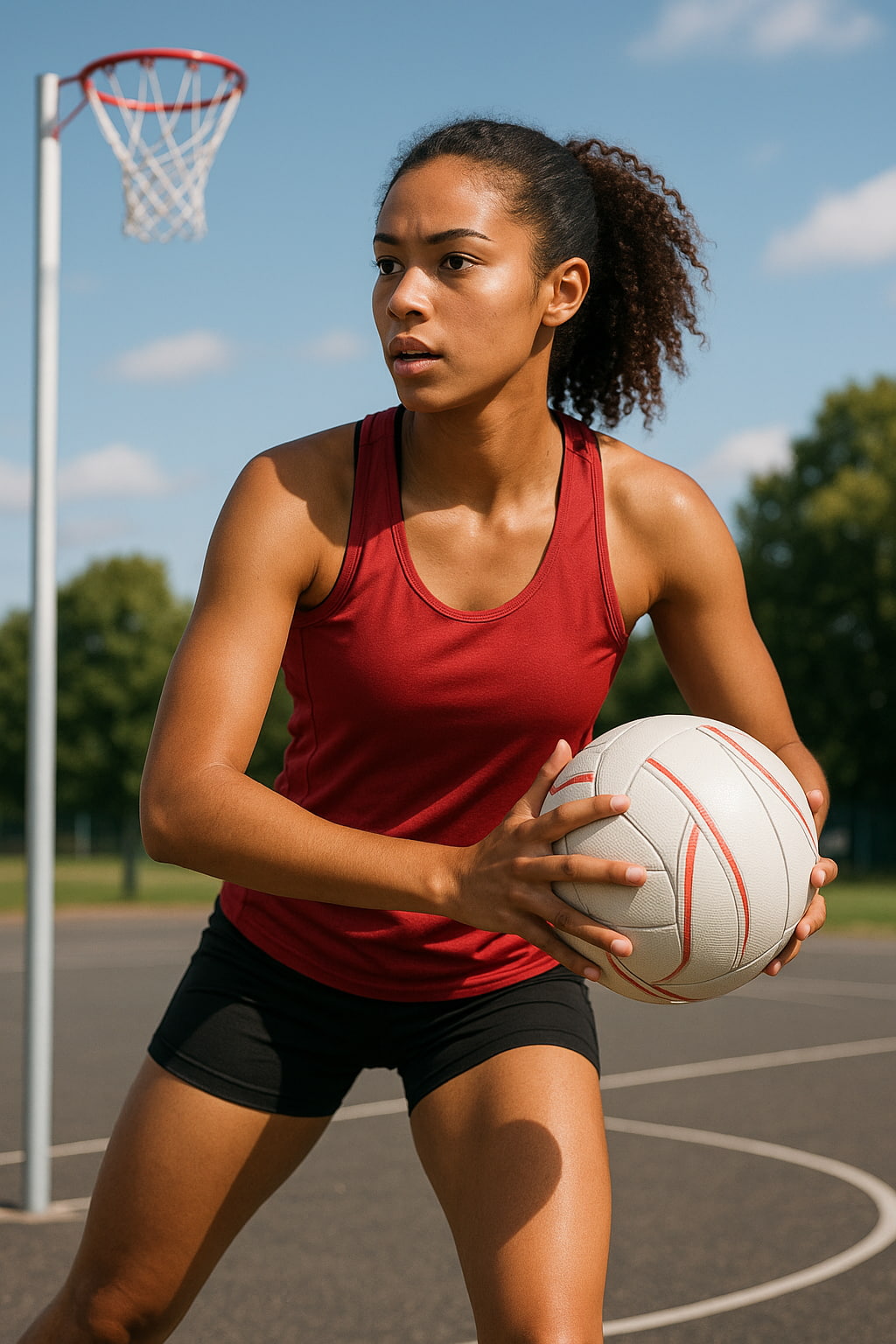See Also
Rehabilitation Goals
- Protect the graft and promote healing
- Regain knee range of motion and strength
- Restore normal walking and functional movements
- Safely return to sports and physical activities
Expected Recovery Time
| Milestone | Timeframe Range |
|---|---|
| Full weight-bearing without crutches | 2-4 weeks |
| Achieve full range of motion | 6-10 weeks |
| Jogging, sports-specific drills | 3-6 months |
| Return to non-contact sports | 6-9 months |
| Return to contact sports | *9-12 months (*criteria-led) |
Return to sport criteria for ACL reconstruction
Athletes should meet all of the following before return to high-risk sports:
- Quadriceps and hamstring strength ≥ 90% of the uninjured side
- Hop tests (single, triple, crossover) ≥ 90% limb symmetry
- No pain, swelling, or instability
- Full knee ROM and normal gait
- Psychological readiness (e.g., using ACL-RSI score)
- Functional movement assessment (e.g., Y-Balance Test, landing mechanics)
Key considerations:
- Early return (<9 months) is linked with a higher re-tear risk, especially in younger athletes.
- Graft type, age, sport, and rehab quality influence timeline.
- Surgeons and physios should guide decision-making using evidence-based protocols and functional assessments.
Phase 1: Early Post-op (0–2 weeks)
Goals
- Control pain and swelling
- Protect the graft site
- Begin gentle range of motion
- Activate quadriceps and hamstrings
Instructions
- Elevate leg and apply ice for 15–20 minutes several times a day
- Keep surgical dressing clean and dry
- Use crutches and knee brace as advised
- Limit weight-bearing as instructed
Exercises
- Ankle pumps
- Quadriceps sets
- Heel slides
- Straight leg raises (if no lag)
- Patellar mobilisations
Phase 2: Range of Motion and Early Strength (2–6 weeks)
Goals
- Improve range of motion to near full
- Gradually increase weight-bearing
- Start gentle strengthening
- Normalize gait pattern
Instructions
- Wean off crutches as tolerated
- Continue wearing brace if prescribed
- Monitor for swelling after exercises
Exercises
- Stationary cycling (no resistance)
- Wall slides
- Hamstring curls (gravity-assisted or light resistance)
- Step-ups
- Terminal knee extensions
Phase 3: Strength and Control (6–12 weeks)
Goals
- Regain full range of motion
- Build muscle strength and endurance
- Improve balance and proprioception
Instructions
- Continue home or supervised rehab
- Avoid high-impact activities
- Gradually increase intensity and load
Exercises
- Leg press (within comfortable range)
- Single-leg balance
- Mini-squats
- Resistance band exercises
- Side-steps and lunges
Phase 4: Advanced Strengthening and Agility (3–6 months)
Goals
- Restore advanced strength and control
- Introduce agility and dynamic exercises
- Prepare for running and sport-specific drills
Instructions
- Use proper warm-up and cool-down techniques
- Monitor for pain or swelling after sessions
- Progress under guidance of physiotherapist
Exercises
- Plyometric drills (e.g. jump squats)
- Agility ladders
- Bounding exercises
- Light jogging and progression to running
- Sport-specific drills (non-contact)
Phase 5: Return to Sport (6–12 months)
Goals
- Full functional recovery
- Safe return to competitive sport
- Psychological readiness and confidence
Instructions
- Complete return-to-sport testing if applicable
- Continue strengthening and agility maintenance
- Report any instability or discomfort
Exercises
- High-speed agility drills
- Pivoting and cutting
- Full sport-specific practice (with and without contact)
- Maintenance strength program
When to Contact Your Surgeon
- Fever over 38°C
- Increased swelling, redness, or warmth around the knee
- Severe pain not relieved by medication
- Signs of infection at incision site
- Sudden instability or “giving way” of the knee
- Difficulty bearing weight that worsens
Disclaimer
This is a general guideline. Your physiotherapist or Dr Lambers may adjust the protocol based on your specific condition and progress.
